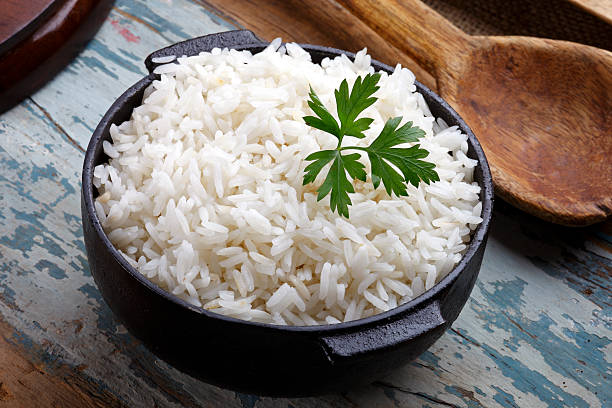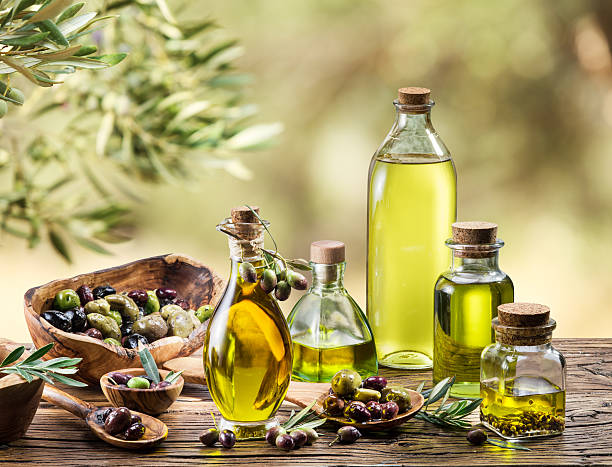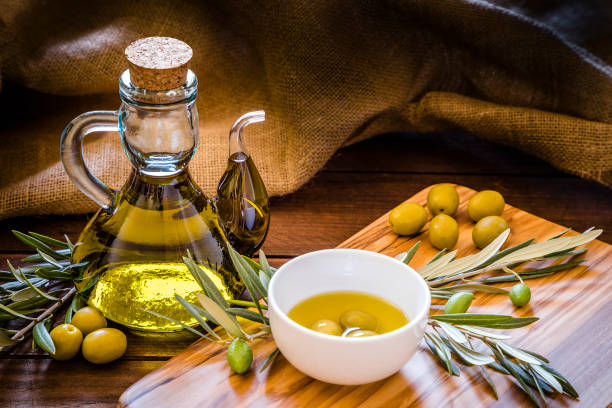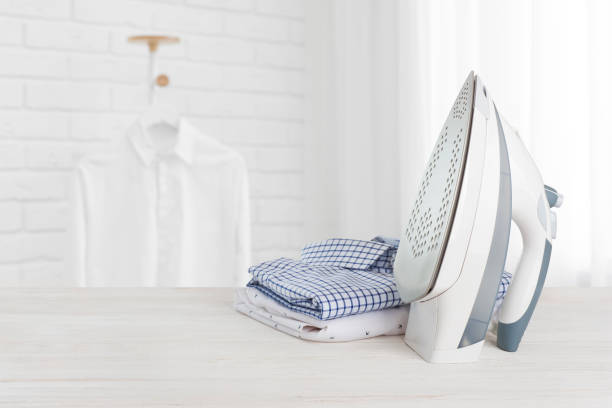Pepper is one of the most popular spices in the world. It gives every dish that certain something of spice and spiciness. But which type of pepper performs best in comparison? Stiftung Warentest took a closer look at 20 products – here are the results.
Pepper in the test

In its latest issue, Stiftung Warentest examined a total of 20 different types of black pepper in the sensory and harmful substances categories. These include 14 products (including five organic products) with whole peppercorns and six ground ones.
The result
In general, black pepper in whole grains performs better than ground products as they have a better flavor. Seven of the 20 types of pepper received the test result “Good”, five other types were only rated “Poor”. The reason for this is a very high level of pollution, as the Stiftung Warentest reports. You can find out which types of pepper have been tested here.
Pepper contaminated with mineral oil
Saturated mineral oils were detected in all black pepper varieties tested. Aromatic mineral oils were again found in four products – three of them in traces.
These oils can accumulate in the body and are suspected of promoting the development of cancer. However, since black pepper is only consumed in small quantities, this find is not harmful to health, according to Stiftung Warentest.
That’s why pepper is healthy
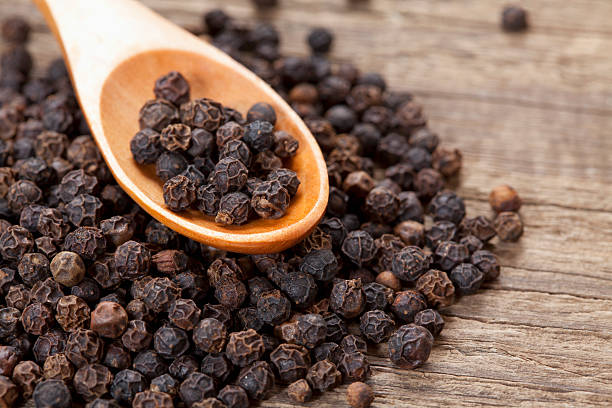
The stimulant in pepper, piperine, stimulates blood circulation, appetite, and salivation. It also has an anti-inflammatory, antipyretic and diaphoretic effect.





